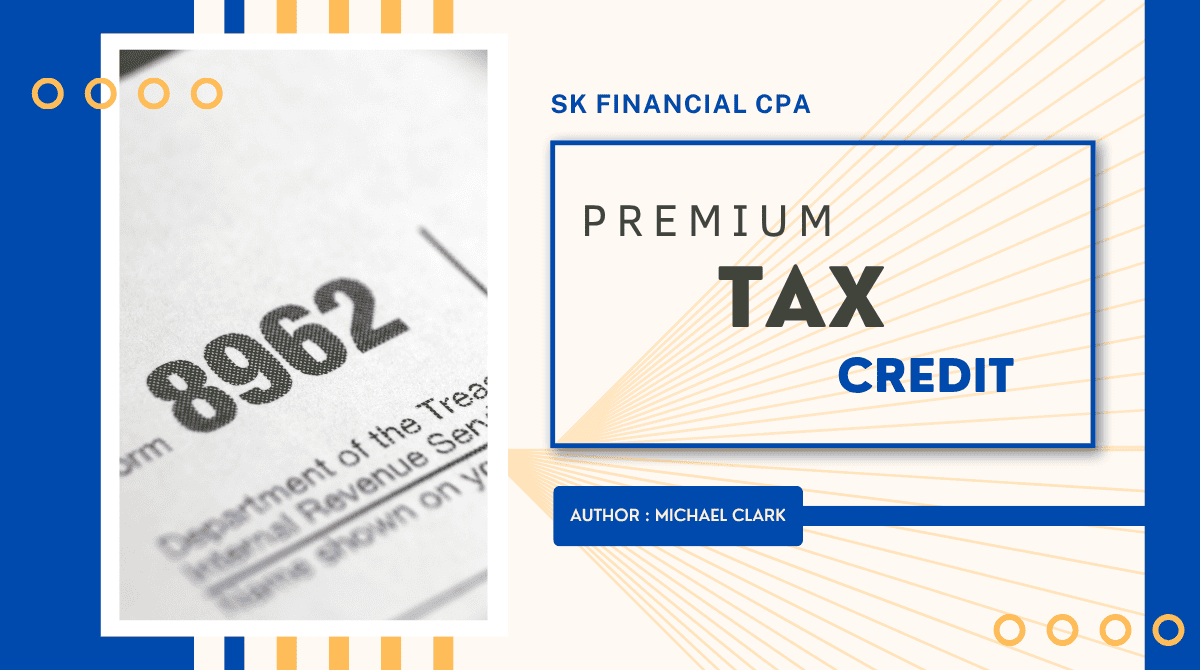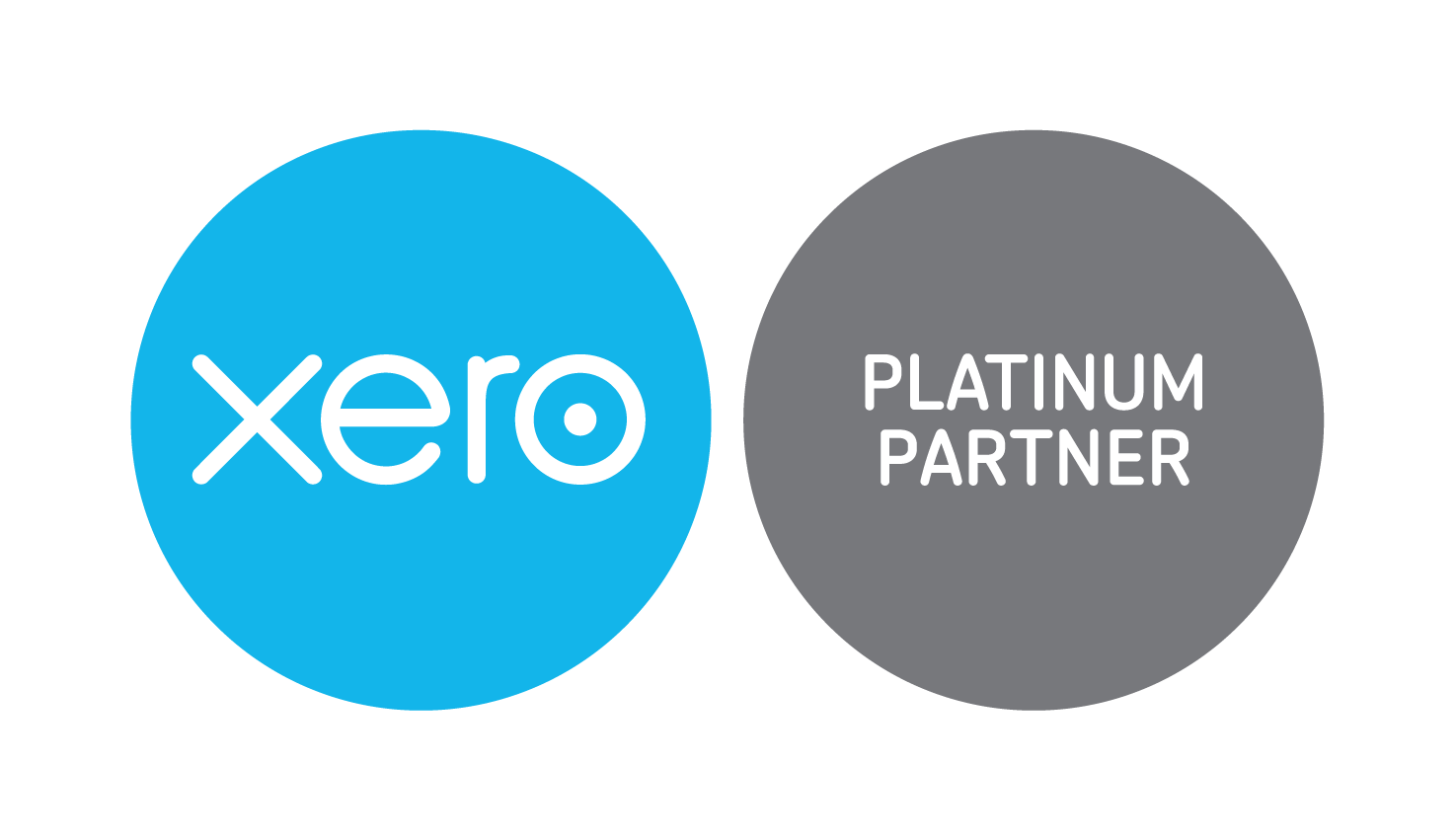
What is the Premium Tax Credit? Who Qualifies for the Premium Tax Credit
The Premium Tax Credit is a government program that helps lower the cost of health insurance for people who buy coverage through the Marketplace. If you don’t get insurance from an employer or qualify for Medicaid or Medicare, this credit can reduce your monthly premiums sometimes by hundreds of dollars. Best of all, you don’t have to wait for tax season to benefit. You can apply the savings right away and keep more money in your pocket each month. In this blog, I’ll discuss who qualifies, how it works, and how to avoid common mistakes so you get the most out of your Premium Tax Credit.
What is Premium Tax Credit
The Premium Tax Credit is a refundable tax credit that helps lower the cost of health insurance for people who buy coverage through the Health Insurance Marketplace. It’s claimed using IRS Form 8962 and can be used in two ways either to reduce your monthly insurance payments up front or to lower your tax bill (or increase your refund) when you file your return. This credit is especially helpful if you don’t qualify for Medicaid or get coverage from an employer, as it makes health insurance more affordable based on your income and family size.
What does Premium Tax Credit do
The Premium Tax Credit helps lower the cost of health insurance for people who buy coverage through the Health Insurance Marketplace. It’s meant for individuals and families who don’t get insurance through work or government programs like Medicaid or Medicare. The amount of help you get depends on your income, household size, and where you live. This credit is designed to make your monthly premiums more affordable.
Why the Premium Tax Credit Was Created
The credit was introduced by the Affordable Care Act (ACA) back in 2010 and became available in 2014. It was created to make healthcare more accessible and affordable, especially for those caught in the middle not eligible for Medicaid, but not able to afford full-price insurance. Millions of people use the Premium Tax Credit every year to reduce their insurance costs. In 2024 alone, more than 19.7 million Americans benefited from it.
Who Qualifies for the Premium Tax Credit
You may qualify for the Premium Tax Credit if:
-
You purchase your health insurance through the Marketplace
-
You don’t get affordable insurance through your job
-
You’re not eligible for Medicaid, Medicare, TRICARE, or similar programs
-
Your income falls within a certain range
-
You file a tax return (jointly, if you’re married)
-
You’re not claimed as a dependent by someone else
If all these boxes are checked, you're likely eligible for savings.
Income Limits to Claim the Credit in 2025
The credit is based on your household income in relation to the Federal Poverty Level (FPL). Here are the estimated 2025 income ranges that could make you eligible:
|
Household Size |
Estimated Annual Income |
|
1 Person |
$15,000 – $58,000 |
|
2 People |
$20,000 – $78,000 |
|
4 People |
$32,000 – $120,000 |
Even if your income is higher, you may still qualify. If your insurance premium costs more than 8.5% of your household income, you can still receive help this rule applies through 2025.
How the Credit Lowers Your Health Insurance Premiums
The Premium Tax Credit lowers your monthly insurance cost by covering part of your premium, based on how much the government thinks you can afford. For example, if the benchmark Silver plan in your area costs $850/month, and based on your income, you're expected to pay only $280, the government pays the remaining $570 directly to your insurance company. That means you only pay $280 instead of the full $850.
If your income were lower say, around $25,000 a year you might only be expected to pay $100/month, and the credit would cover the rest. The less you earn, the more help you get. It’s a sliding scale designed to make sure your health coverage fits your budget
Ways to Use the Premium Tax Credit
The Premium Tax Credit gives you the flexibility to choose how and when you want to use the savings. You can either apply it toward your monthly insurance bill or claim it when you file your taxes. Here's how each option works:
1. Monthly Advance Payments (Most Common)
This is the option most people choose. Instead of paying the full premium yourself, the credit is sent directly to your insurance company every month.
Let’s say your plan costs $750/month, and based on your income, you qualify for a $500 monthly credit. That means you’ll only pay $250/month out of pocket, and the government covers the rest. It’s an easy way to keep monthly expenses manageable, especially if your income is tight.
2. Claim the Full Credit at Tax Time
With this option, you pay the full premium each month throughout the year, and then claim the entire credit when you file your taxes. You’ll use IRS Form 8962 to do this.
If you paid $9,000 in health insurance premiums over the year and qualify for a $6,000 credit, you can either reduce your tax bill by that amount or get it back as a refund.
Why You Should Report Income or Family Changes
If you get the Premium Tax Credit, it’s important to update your info on the Marketplace whenever life changes. Even a small income shift can affect your savings. For example, if you expected to earn $35,000 but actually made $45,000, you could be asked to repay part of the credit at tax time. Let’s see common changes that could impact your premium tax credit.
|
Type of Change |
Examples |
|
Income Updates |
Raise, job loss, new job, side income stops |
|
Family Changes |
Marriage, divorce, new baby, adoption |
|
Location Moves |
Moving to a different state or ZIP code |
|
Coverage Access |
Gaining or losing job-based insurance |
What Happens to Your Credit at Tax Time
When tax time comes, the IRS checks if you got the right amount of Premium Tax Credit based on your actual income. If everything matches, you're all set. If you got less than you qualified for PTC and you’ll get the rest as a refund. But if you received more than you should have to pay some back. This process is called reconciliation, and it’s how the IRS makes sure your credit amount was accurate for the year.
How to File Form 8962
To claim or adjust your Premium Tax Credit, you’ll need to file IRS Form 8962 with your federal tax return. This form uses details from Form 1095-A, your household income, and family size to figure out the final credit amount. Even if you don’t normally file taxes, you must file Form 8962 if you got advance payments skipping it could delay your refund or block you from getting the credit next year.
How the Silver Plan Impacts Your Credit Amount
The amount of Premium Tax Credit you get is based on a benchmark Silver plan the second-lowest-cost Silver plan in your area. Even if you choose a cheaper Bronze or more expensive Gold plan, your credit is still calculated using that Silver plan’s price. That means your savings stay the same, but what you pay out of pocket depends on the plan you select.
How Premium Tax Credit Works
Kevin is a 30-year-old software engineer earning $42,000 a year. He buys health insurance through the Marketplace. The Silver plan in his area costs $700/month. Based on his income, he’s expected to contribute $260/month. That means his Premium Tax Credit covers $440/month, which is sent directly to the insurance company.
Kevin only pays $260/month, and at tax time, if his income stayed steady, everything balances out. If his income dropped to $36,000, he might receive an additional credit. If it went up, he might owe a small portion back.
Common Mistakes to Avoid
Here are a few things that often cause issues:
-
Forgetting to file Form 8962
-
Not updating your income or household size
-
Underestimating income to get more credit (can backfire at tax time)
-
Not checking if you still qualify each year
Premium Tax Credits Changes in 2025
In 2025, the rules for the Premium Tax Credit are more flexible. The old income limit 400% of the Federal Poverty Level is no longer a hard cutoff. For example, a family of four earning $130,000 or a single person making $60,000+ may still qualify, as long as their insurance premium costs more than 8.5% of their income (about $920/month for someone earning $130,000).
Need Help Claiming the Premium Tax Credit or Filing Form 8962?
If you’re trying to figure out the Premium Tax Credit on your own it gets confusing especially when your income changes midyear. That’s where we come in. At SK Financial CPA, we’ve helped thousands of people sort through their tax credit questions, understand what they qualify for, and avoid surprises at tax time. We’ve been doing this for over 23 years, and we get that every situation is different. Whether you need help filing, fixing a past mistake
Book a free consultation today and find out how much you could save on your health insurance.
Conclusion
Health insurance can be expensive but the Premium Tax Credit is there to ease that burden if you qualify. Whether you're self-employed, in between jobs, or just trying to make ends meet, this credit can make a real difference in what you pay each month. The key is knowing how it works, keeping your info updated, and making sure everything lines up at tax time.
FAQs
1. Can I claim the Premium Tax Credit for months I didn’t have coverage?
No. You can only claim the Premium Tax Credit for the months you were actually enrolled in a qualified Marketplace health plan. If you only had coverage for part of the year, the credit applies only to those months.
2. Can immigrants get the Premium Tax Credit?
Yes, some immigrants can qualify for the Premium Tax Credit if they are lawfully present in the U.S., meet income limits, and are not eligible for Medicaid. Undocumented immigrants are not eligible for the credit.
3. What happens if I get married during the year?
If you get married mid-year and both spouses had Marketplace coverage, you may need to use an alternative calculation for year of marriage on Form 8962. This can prevent having to repay too much of your advance credit.
4. What if someone in my household qualifies for Medicaid but I don’t?
If a household member is eligible for Medicaid, they won’t qualify for the Premium Tax Credit. However, other members who are not eligible for Medicaid may still get the credit based on total household income and size.
5. Can I get the Premium Tax Credit if I file as Married Filing Separately?
Generally, no. But there are exceptions for victims of domestic abuse or spousal abandonment. If you meet IRS criteria and file separately for safety reasons, you may still be eligible to claim the credit.
Follow SKFinancial on Facebook / Twitter / Linkedin / Youtube for updates.












